‘This is foolish, this is nonsense, this is stupid’ – and there are other such attributes that are used to qualify something which we find unacceptable.
These expressions came to me when I read the text of the 2nd reading of this Sunday (3rd Sunday of Lent, Year B – 1 Cor.1:22-25).
Amazingly, the apostle Paul speaks of “the foolishness of God” – quite a daring expression which may scandalize some people!
And yet…
God’s ways are not our ways, we have been told long ago by the prophet Isaiah (Is.55:8).
And we must admit that, sometimes, his ways are somehow… unacceptable to us!
His wisdom does appear foolishness in our eyes, eyes with a short-sighted perspective.
Just a few verses before today’s text, Paul was writing the words of the picture here beside.
Yes, preaching a crucified Lord must have seemed pure foolishness to the people of old, as it is for many people nowadays.
Power, authority, control, influence, mastery, domination, are the ‘in-things’ – who wants to be weak, powerless, without authority and control?
And, sad to say, this is sometimes true in religious circles as well as secular ones…
Jesus had tried to have his apostles live this message of being – like him – servants, not masters (Jn.13:14).
He had said clearly that the last will be the first… a hard lesson if ever there was one (Mt.19:16).
To this day, many will say: ‘This is the world upside down’!
And what if… ‘the world upside down’ were… the kingdom of God in our midst?…
Note: Another reflection on a different theme is available in French at: https://image-i-nations.com/3e-dimanche-careme-annee-b/
Source: Image: Pinterest
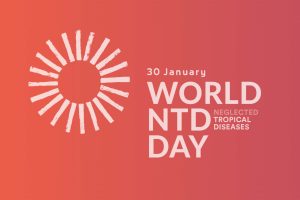 On 31 May 2021, the World Health Assembly (WHA) recognized 30 January as World Neglected Tropical Disease (NTD) Day through decision WHA74(18).
On 31 May 2021, the World Health Assembly (WHA) recognized 30 January as World Neglected Tropical Disease (NTD) Day through decision WHA74(18).
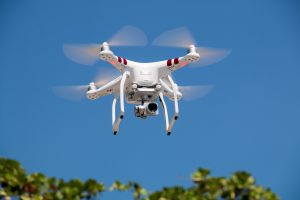 International Drone Day is celebrated on the first Saturday of May every year. This year, it falls on May 6. This holiday raises awareness of drones and their various applications in the civilian sector, from search and rescue operations to package delivery and dropping off medical supplies. Two British drone operators, Sarah and David John O’Neal came up with the idea for this holiday in 2014. Their goal is to highlight the positive and helpful aspects of drones. This combats the skepticism and paranoia that many people around the world have about them. Thousands have celebrated this holiday every year since then.
International Drone Day is celebrated on the first Saturday of May every year. This year, it falls on May 6. This holiday raises awareness of drones and their various applications in the civilian sector, from search and rescue operations to package delivery and dropping off medical supplies. Two British drone operators, Sarah and David John O’Neal came up with the idea for this holiday in 2014. Their goal is to highlight the positive and helpful aspects of drones. This combats the skepticism and paranoia that many people around the world have about them. Thousands have celebrated this holiday every year since then.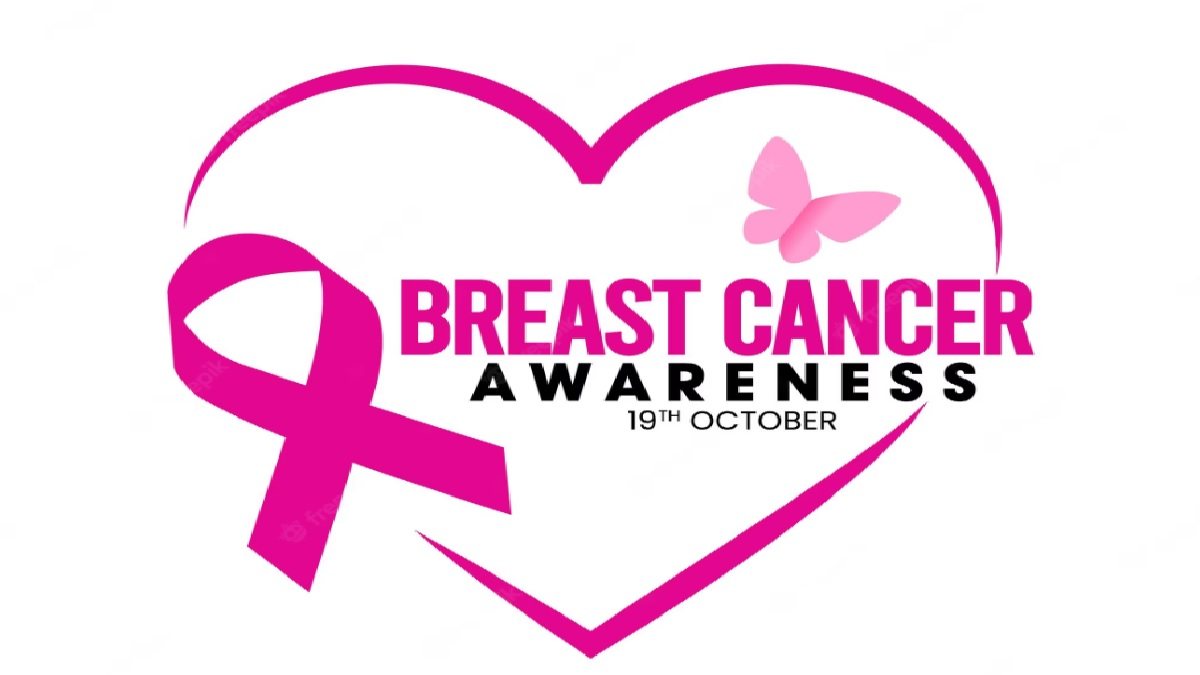
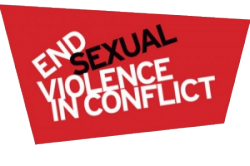 International Day for the Elimination of Sexual Violence in Conflict is a United Nations observance on June 19 to raise awareness of the need to put an end to conflict-related sexual violence.
International Day for the Elimination of Sexual Violence in Conflict is a United Nations observance on June 19 to raise awareness of the need to put an end to conflict-related sexual violence.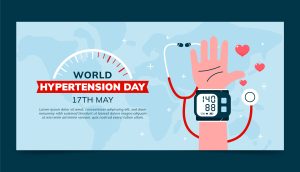 World Hypertension Day might sound like an intensely stressful day, which causes high blood pressure, but it is in fact an educational event, designed to prevent instances of hypertension.
World Hypertension Day might sound like an intensely stressful day, which causes high blood pressure, but it is in fact an educational event, designed to prevent instances of hypertension.